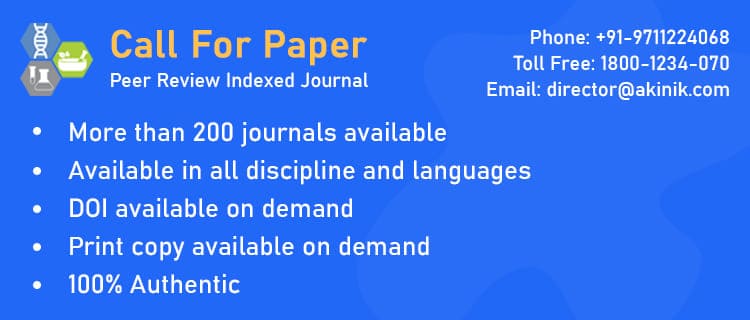- Printed Journal
- Indexed Journal
- Refereed Journal
- Peer Reviewed Journal

Peer Reviewed Journal
Journal of Pharmacognosy and Phytochemistry
Vol. 7, Issue 5 (2018)
Efficacy of hydrogel and chitosan on wheat (Triticum aestivum L.) physio-biochemical and economical yield parameters under deficit irrigation level
Author(s):
Tellakula VST Kartheek Babu, Richa Sharma and Vikram K Pallekonda
Abstract:
In India natural sources of water for irrigation is rainfall or by using artificial resources. Apart from that now rainfall pattern leading to unpredictable changes due to climate change and global warming. Based on experimentation at New Delhi, India has reported that a 1ºc rise in temperature throughout the growing period will reduce wheat production by 5 million tonnes. Wheat is most sensitive to drought stress. Water stress at this stage is substantially impact on yield. due to increase in rate of transpiration that will rise demand. To cope up with coming situation the experiment was conducted at Central Agricultural field, Sam Higginbottom University of Agriculture, Technology & Sciences, U.P on wheat variety (HD-2967). Hydrogel and Chitosan were taken under different concentration to evaluate the effect of hydrogel and chitosan on Physio-Biochemical, and Economical yield of wheat under water deficit irrigatipon level as hydrogel can retain large quantity of water and chitosan can reduce transpirational loss of water. Hydrogel (100%, 75%, 50% and 25%) and Chitosan (100%, 75% and 50%) with twenty-one treatments and three replications along with control were laid out in randomized block design. Physio-Biochemical and yield parameters were observed. Result on crop Physio-Biochemical and yield under water deficit condition was observed. Treatment T9 (100% HG and 100% CHT) showed best results, however T10 was statistically at par with T9, while T11 was found non-significant with T0.
Pages: 2244-2247 | 1515 Views 508 Downloads
How to cite this article:
Tellakula VST Kartheek Babu, Richa Sharma and Vikram K Pallekonda. Efficacy of hydrogel and chitosan on wheat (Triticum aestivum L.) physio-biochemical and economical yield parameters under deficit irrigation level. J Pharmacogn Phytochem
2018;7(5):2244-2247.
Related Journal Subscription
Important Links
Important Sites
Copyright © 2012 - 2025. All Rights Reserved.







